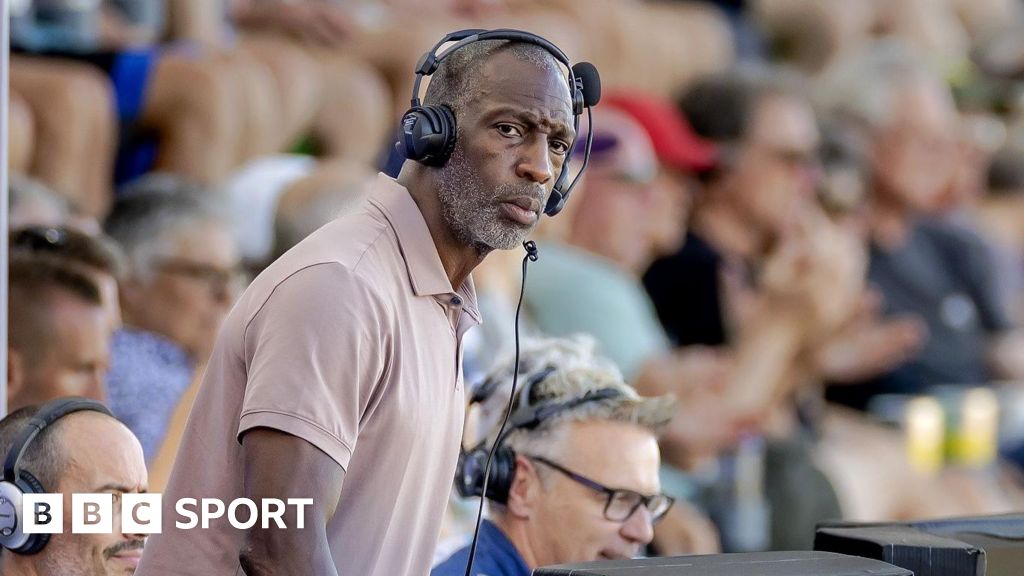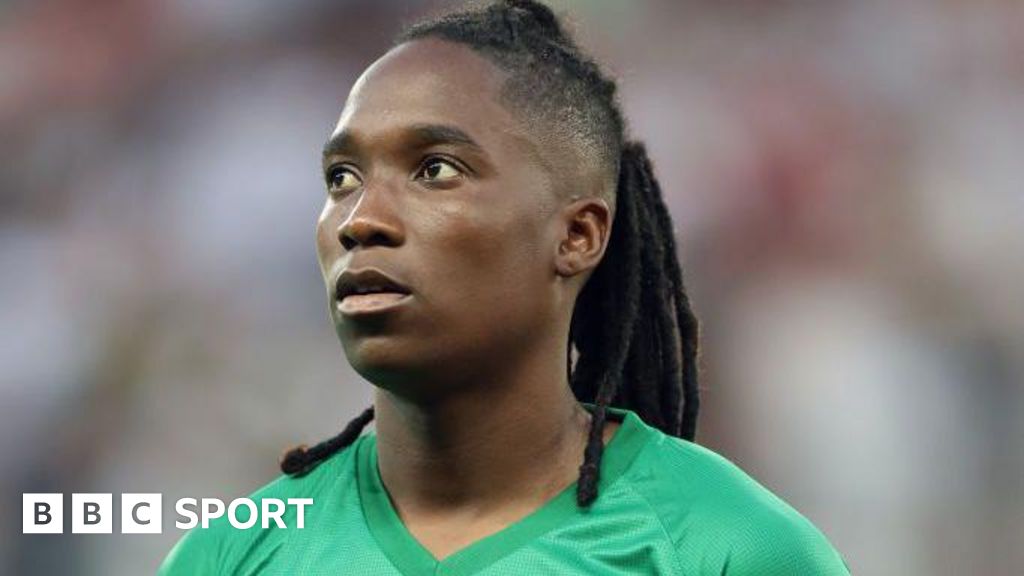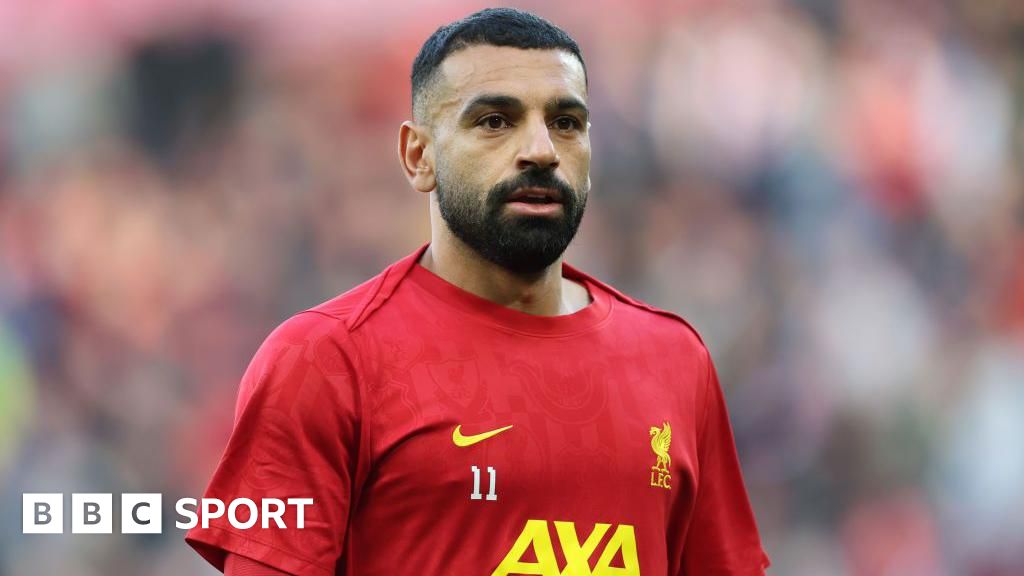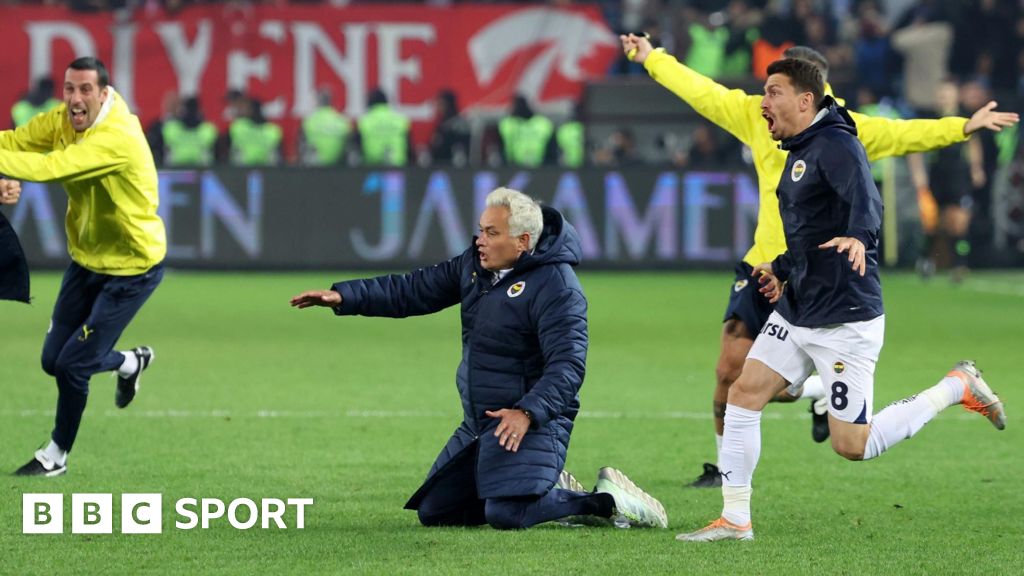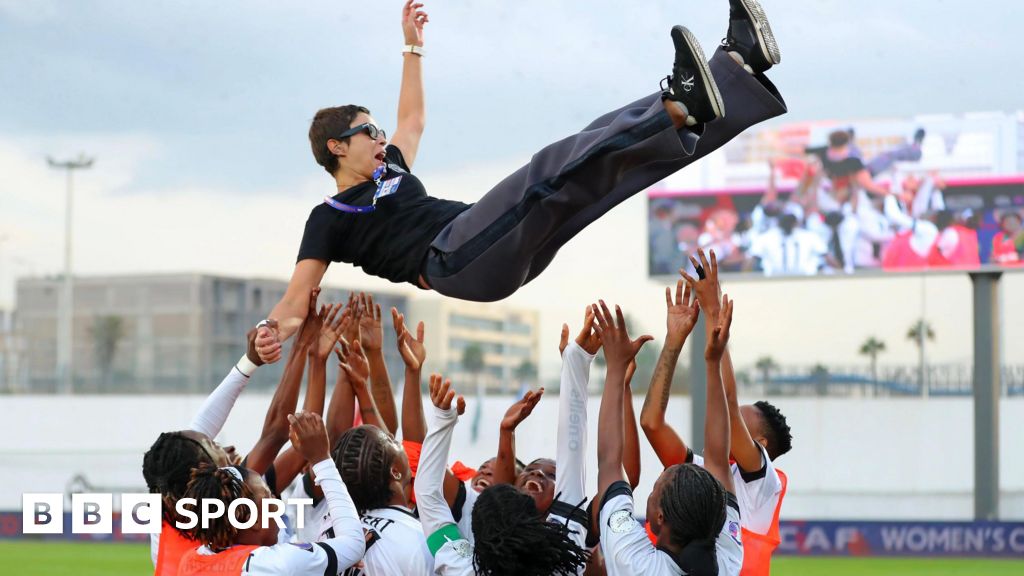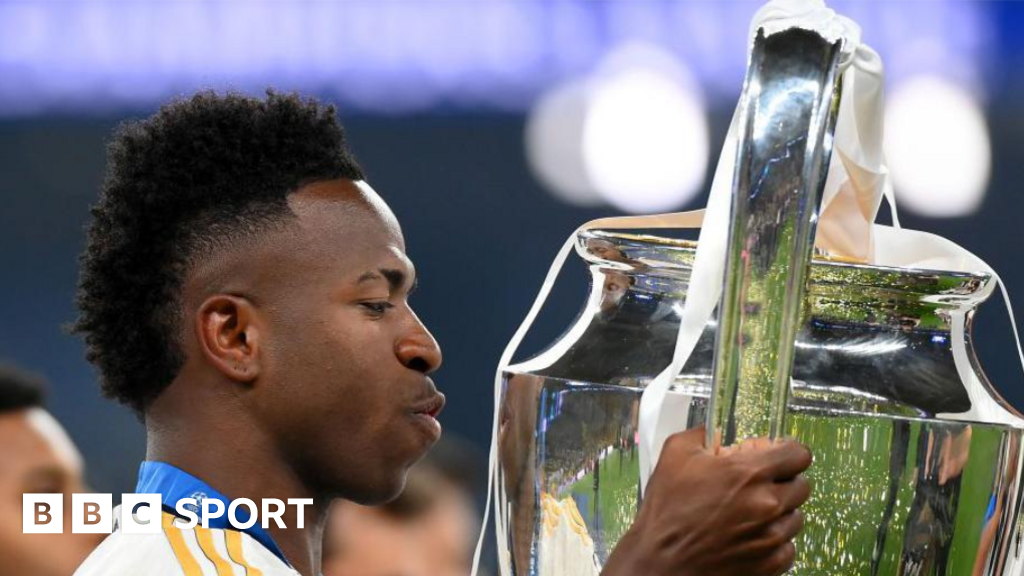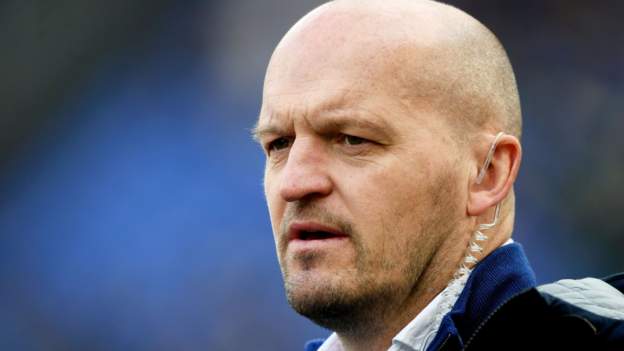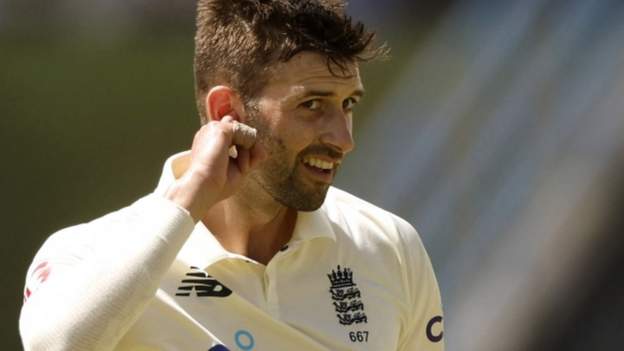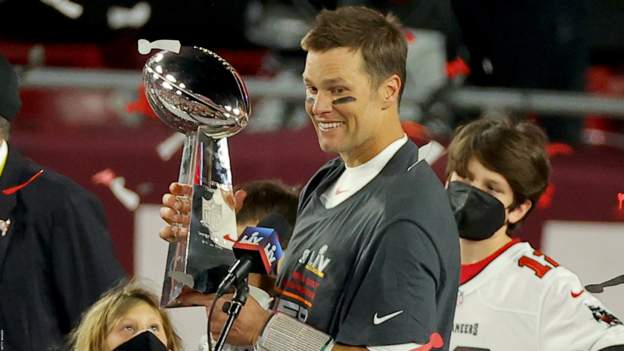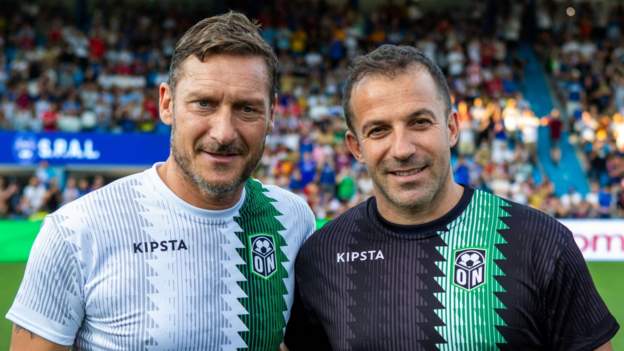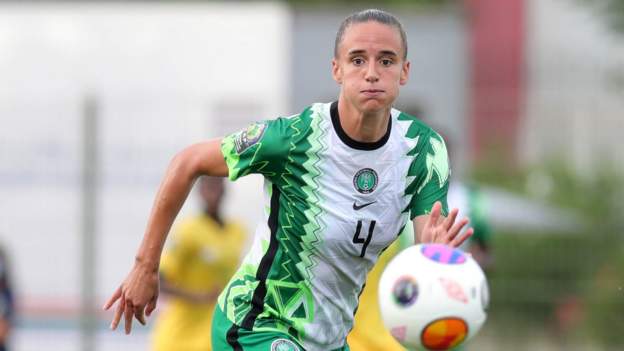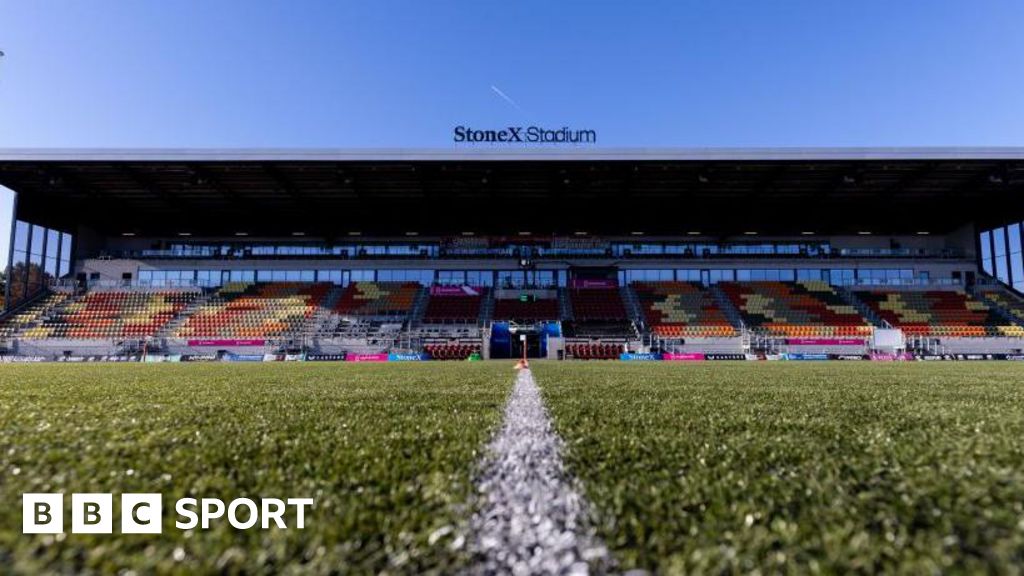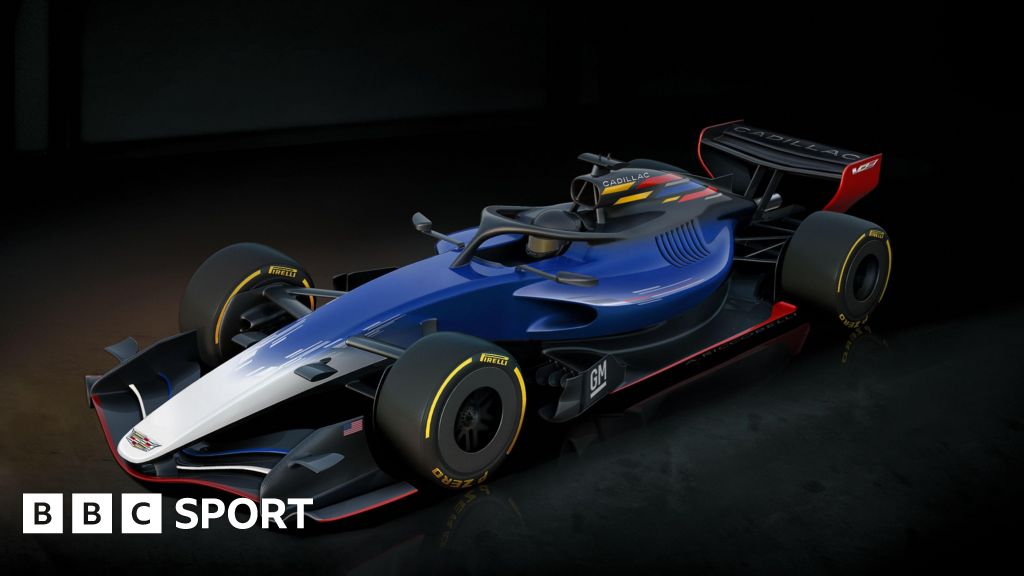Scotland had nothing to win and everything to lose in Rome. After grinding their way to an 11-point victory over the perennial wooden spoon holders, a gargantuan challenge awaits in Dublin against title-chasing Ireland.
The signs aren’t hugely encouraging. Scotland’s stats compared to last season show a marked decline from a side that was expected to make the next step.
Instead, has Gregor Townsend’s team gone backwards? Was the high of last season, that ultimately still ended in disappointment, the peak of their powers?
With one win in Dublin in the past 23 years, it will take an almighty amount of problem solving to get a positive result in their final outing. Here are some of the key issues facing Scotland…
Loss of defensive identity
In the first few years of the Townsend era, the side seemed to mimic how the former Scotland maestro had played in his hey-day. They were attacking, inventive, with the timing of Finn Russell’s rise to world-class entertainer no coincidence.
But, after crashing out of the 2019 World Cup at the group stage, Townsend took a different tack. Steve Tandy joined in December 2019 and almost immediately created one of the toughest defences in Test rugby, led by Jonny Gray and Hamish Watson.
They conceded an average of one try per game, as opposed to the 3.4 a year before. They missed 12 fewer tackles on average each match and let teams into their 22-metre zone three fewer times per game. In addition, they conceded fewer points per 22-metre entry.
Basically, they shut up shop and, when teams did break in, they came out with little to speak of. Last year’s championship followed a similar trend – Scotland were down to just 11 missed tackles per game on average, with a 91% tackle success rate. The stats – both as a group and individually – spoke of a side that was one of the best in the world at keeping teams out.
Yet, this latest of iteration of Scotland has become more porous in defence.
This year they’ve already conceded 11 tries – one more than last season, six more than the campaign before that – and they haven’t even played Ireland yet. They’re missing 17.3 tackles per game on average, with 11.5 penalties conceded, too.
In fact, Scotland have given away more penalties – 46 – than any other side this season. Thirteen against both England and Wales, 12 against France, eight against Italy. These are some of the best sides in the world and gifting them territory, possession and points on such a frequent basis will inevitably bring harm.
Midfield conundrum
Russell, when fit and willing, will always wear the 10 shirt for Scotland. The question that seems to be perplexing the coaching staff is, who is best suited to partnering him at 12?
There’s not necessarily one right answer. Sometimes, different things are needed from the inside centre depending on the opposition. But the chopping and changing seems to be to Scotland’s attacking detriment.
The most common partner in recent times has been Sam Johnson, who started the Calcutta Cup win, the high point of this tournament so far. He performed well that day defensively, but offered little in attack.
Then Cardiff came and with it, Sione Tuipulotu. He made his first Six Nations start in the Welsh cauldron and it didn’t quite work. He was trusted again with the jersey against France but was outclassed by opposite number Jonathan Danty.
As good as Tuipulotu has been in the United Rugby Championship with Glasgow, it is a big step up to Test level and he needs time to adjust – especially in a position that isn’t his best.
The worrying thing is neither of these players have gelled well with Russell. And Townsend hasn’t been helped by the rise and halt of Cameron Redpath. Everyone who watched last year’s Calcutta Cup thought Scotland had found their answer – someone on the same wavelength as Russell who intrinsically knew what the fly-half would do and reacted accordingly.
Since then, Redpath has been patched up more than Frankenstein’s monster. Injury after injury have stunted his progress significantly and he’s only picked up one cap since – on for two minutes in the defeat against Wales.
Is patience wearing thin for Russell?
The fulcrum of Scotland’s attack is Russell – but the 29-year-old has been a shadow of the player everyone knows he is. He still swaggers about with the smile and smirk we’ve become accustomed to but hasn’t delivered on that charmer’s promise.
The calmness that personifies his game has given way to questionable decision-making. The other worry is that no longer is he just ill-disciplined with the ball in hand – kicking needlessly or trying the endless Hollywood ball that will not come off this season – he is also giving away penalties and picking up cards as a result.
The yellow in Cardiff was costly, having gotten away with his yellow at Twickenham and red in Paris last year. If Scotland are ever going to challenge for the title, they need Russell at his very best and this year he has been ineffective.
The 29-year-old had plenty of credit in the bank – his heroics in those early Townsend days are hard to forget – but patience may be wearing thin.

Price reignites & Graham a shining light
There are, though, positives for Townsend heading to Ireland. Ali Price is back at his best, galvanised by his milestone 50th cap. He, like many of Scotland’s genuinely world-class players, had been a shadow of his former self in this tournament.
Against Italy however, he rediscovered the player that came from relative obscurity – in Lions’ terms – to snatch the number nine shirt from previous tourists Gareth Davies and Conor Murray.
His contender for man of the match could have been Darcy Graham – enjoying his best spell of rugby to date. The little Hawick winger was at one point the most underrated member of Scotland’s starting XV – he’s now one of Townsend’s first picks.
Outshining the X-factor of Duhan van der Merwe this campaign with his dogged work rate, he offers just as much electricity on the flank. With three tries in a campaign where his team-mates have stuttered, he has shone.

